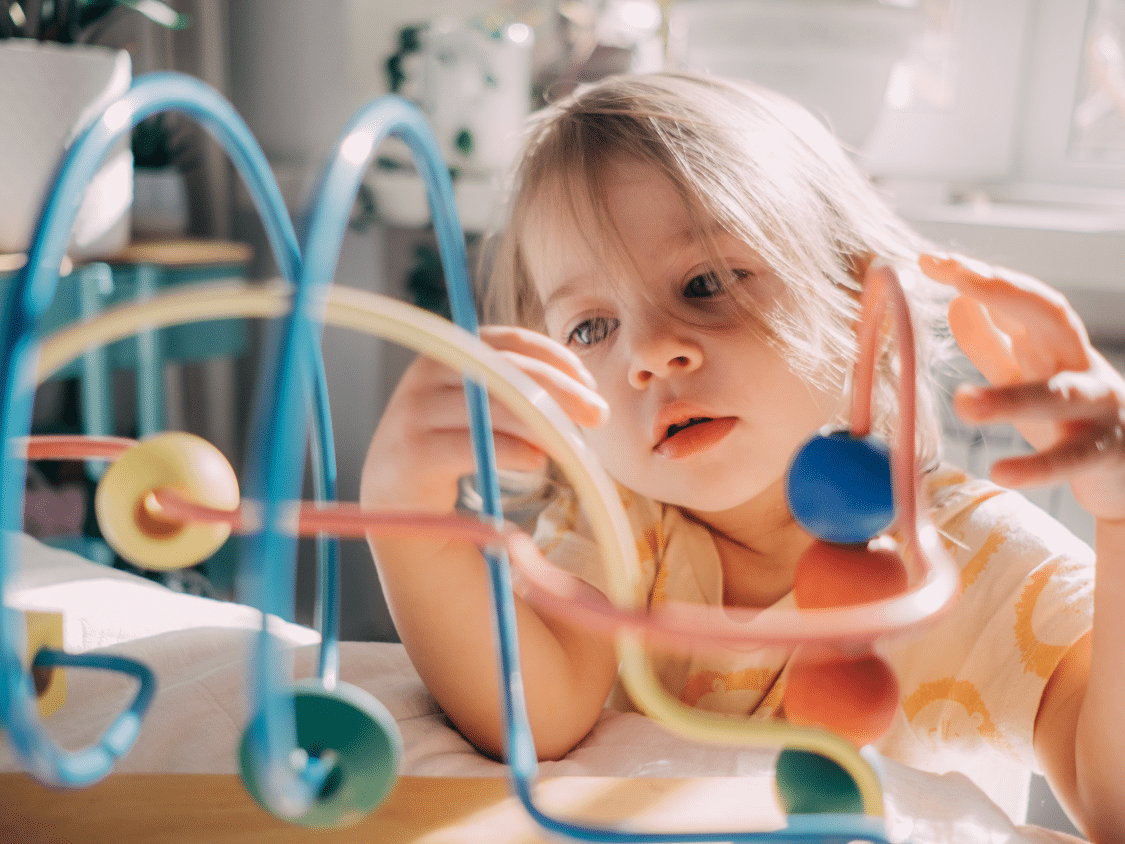Creativity is a multifaceted aspect of early childhood education that transcends mere artistic expression. It encompasses imaginative thinking, problem-solving abilities, and the capacity to convey oneself in unique ways.
So, if you are wondering how to cultivate creativity in early childhood education, this guide is for you.
To foster creativity in young learners, educators and parents can implement various strategies:
- Create a Stimulating Environment: Designing classrooms and play areas that ignite curiosity and encourage exploration is paramount. Integrate a diverse array of materials, colours, and sensory experiences to stimulate children’s creativity and engage their senses.
- Provide Open-Ended Materials: Offer materials that allow for experimentation and multiple uses, such as building blocks, clay, fabric scraps, and natural items like sticks and leaves. Open-ended materials empower children to explore their creativity without constraints, encouraging them to think outside the box and engage in imaginative play.
- Encourage Curiosity: Cultivate a culture where questioning is welcomed and curiosity is celebrated. Provide opportunities for children to pursue their interests, ask questions, and seek answers through exploration and inquiry-based learning. Encouraging curiosity fosters a lifelong love of learning and fuels creative thinking.
- Support Risk-Taking: Create a safe and supportive environment where children feel comfortable taking risks and making mistakes. Encourage experimentation and exploration, emphasising that failure is a natural part of the learning process. By embracing failure as an opportunity for growth, children develop resilience and become more willing to take creative risks.
- Promote Collaboration: Encourage collaborative activities and group projects where children can work together, share ideas, and solve problems collectively. Collaboration fosters communication skills, empathy, and teamwork while also exposing children to different perspectives and ways of thinking. By collaborating with their peers, children learn to appreciate diversity and leverage each other’s strengths to achieve common goals.



